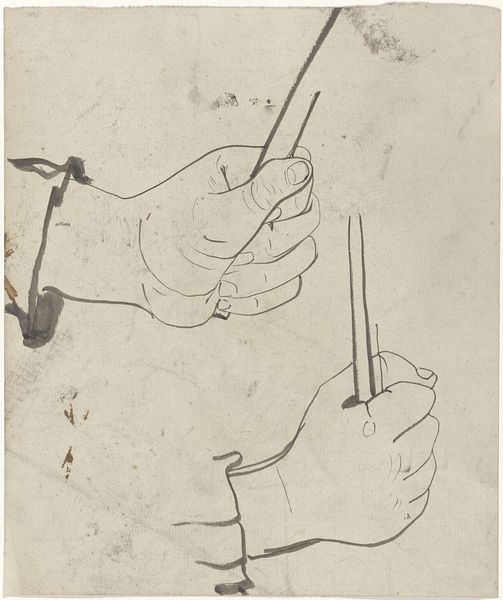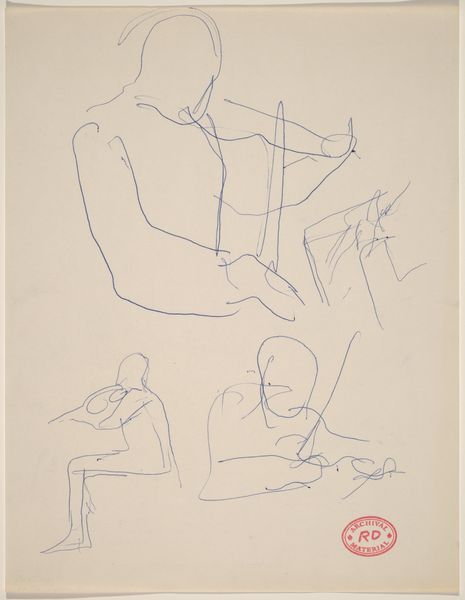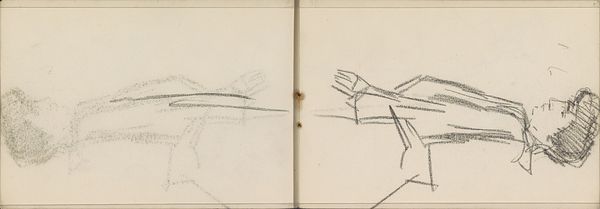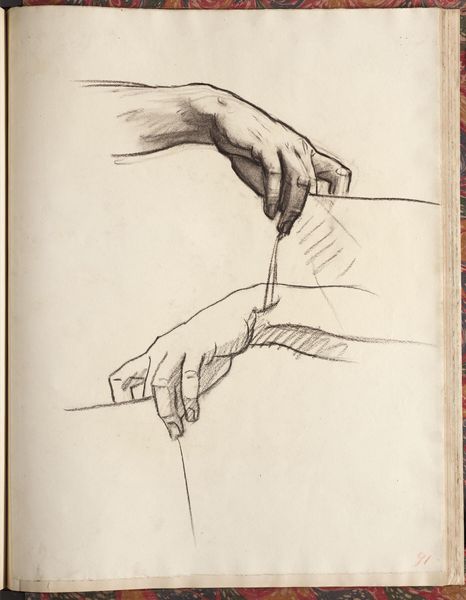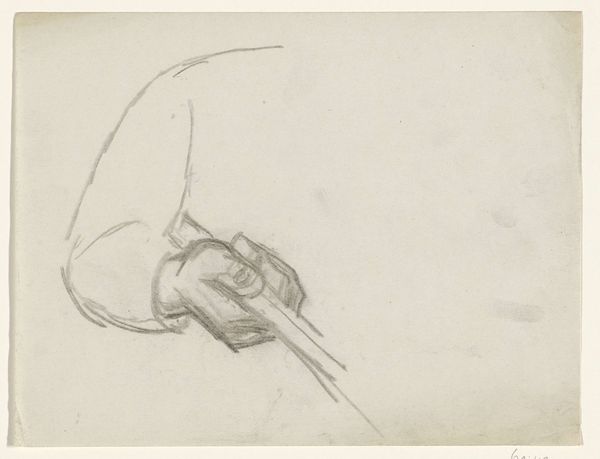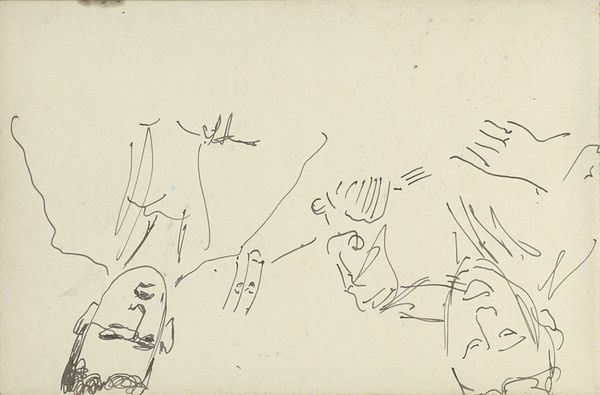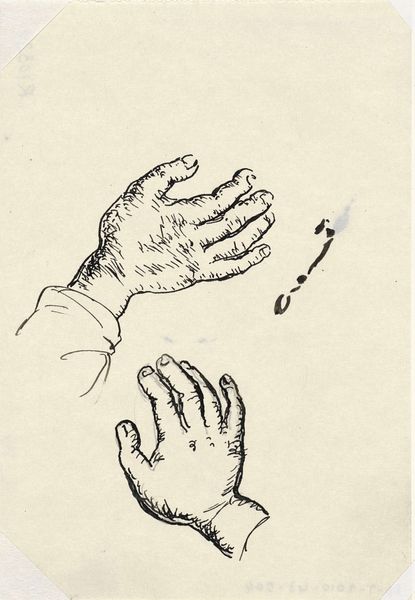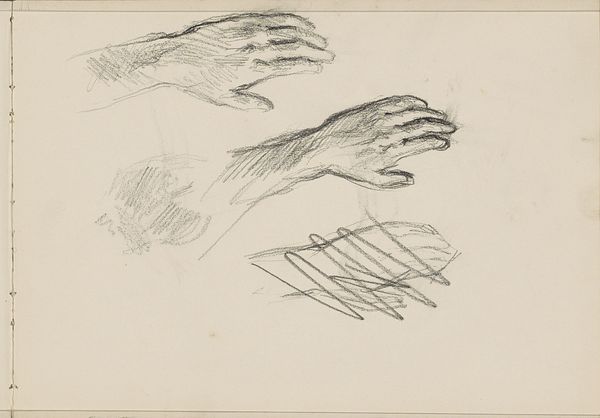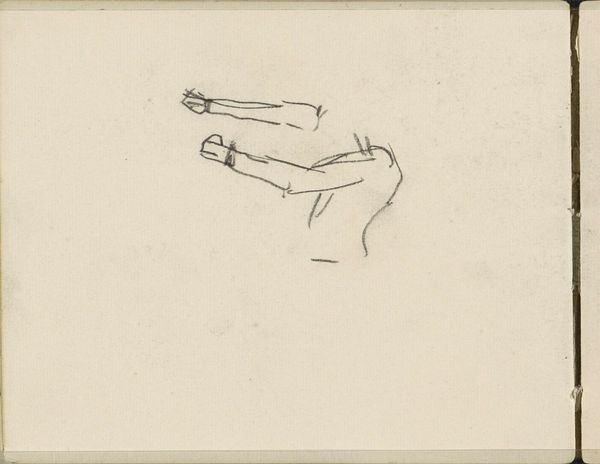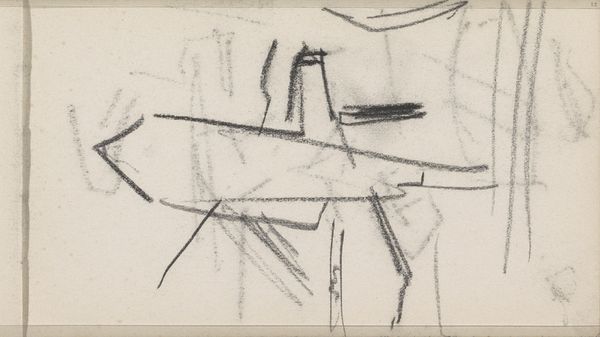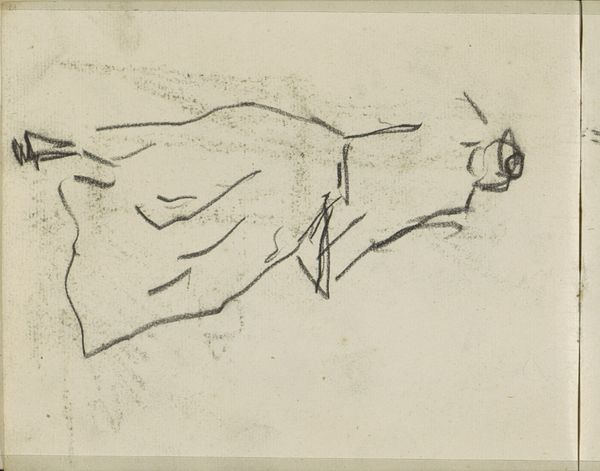![Untitled [three studies of a hand holding a writing tool] by Richard Diebenkorn](/_next/image?url=https%3A%2F%2Fd2w8kbdekdi1gv.cloudfront.net%2FeyJidWNrZXQiOiAiYXJ0ZXJhLWltYWdlcy1idWNrZXQiLCAia2V5IjogImFydHdvcmtzL2Y4NTY2NWM3LWYxM2QtNDQzNi05ODFlLWQ2ZTA2MzkxMTRhZi9mODU2NjVjNy1mMTNkLTQ0MzYtOTgxZS1kNmUwNjM5MTE0YWZfZnVsbC5qcGciLCAiZWRpdHMiOiB7InJlc2l6ZSI6IHsid2lkdGgiOiAxOTIwLCAiaGVpZ2h0IjogMTkyMCwgImZpdCI6ICJpbnNpZGUifX19&w=3840&q=75)
Untitled [three studies of a hand holding a writing tool] 1955 - 1967
0:00
0:00
drawing, ink, pen
#
portrait
#
drawing
#
light pencil work
#
ink drawing
#
pen sketch
#
figuration
#
personal sketchbook
#
bay-area-figurative-movement
#
ink
#
ink drawing experimentation
#
pen-ink sketch
#
arch
#
ink colored
#
abstraction
#
pen work
#
sketchbook drawing
#
pen
#
sketchbook art
#
modernism
Dimensions: overall: 35.2 x 42.9 cm (13 7/8 x 16 7/8 in.)
Copyright: National Gallery of Art: CC0 1.0
Curator: Richard Diebenkorn’s "Untitled [three studies of a hand holding a writing tool]," likely made between 1955 and 1967, strikes me as surprisingly intimate. Just ink on paper, a glimpse into the artist’s private explorations. What's your take? Editor: The rawness is palpable. It’s interesting how these simple lines portray not just the action of writing but also the very essence of labor—specifically, intellectual labor. It makes me think about who gets to record, to write, to leave a trace. Curator: Trace is right—like a forensic sketch! Each hand has its own tension. See how one seems to clench the pen, another more relaxed? I imagine him trying different grips, searching for the right feel, the perfect connection. It is incredibly satisfying. Editor: That exploration of "feel" interests me. Historically, handwriting was linked to social status and power. In a time marked by growing automation, perhaps Diebenkorn's return to this fundamental human act also speaks to questions of authenticity and identity. Curator: Authentic is a good word. I feel the impulse behind the mark. Like he's not illustrating so much as feeling his way through it. The hand holding the tool becomes a metaphor of intention—the very agency of creating something. I also cannot but notice the slight shakiness of some of the lines that brings me closer to the human condition that this implies. Editor: Absolutely. And consider the cultural weight of the pen, the instrument of manifestos and declarations, of resistance and reform. What is communicated and whose voice is amplified remains, even here in this innocent sketch, a profound social inquiry. This can also mean the artist using his art practice to engage socially and personally. Curator: You've widened the frame, beautifully. Makes me see these aren't just hands, they're vessels. The paper the landscape for thoughts and actions and the way the writing instrument extends those actions to the outside world, materializing dreams. Editor: It is a gentle reminder that we are embodied beings who translate everything we know and believe through gesture, writing, creation… through our very own hands. And it points toward all that it took and takes, for ideas to materialize in an imperfect world. Curator: A lovely thought, indeed. It has been quite an intense reminder for me to reconnect with the body's way of knowing and creating. Editor: A worthwhile takeaway for me too, given that even looking and writing is ultimately a bodily act bound to both possibility and limitation.
Comments
No comments
Be the first to comment and join the conversation on the ultimate creative platform.
